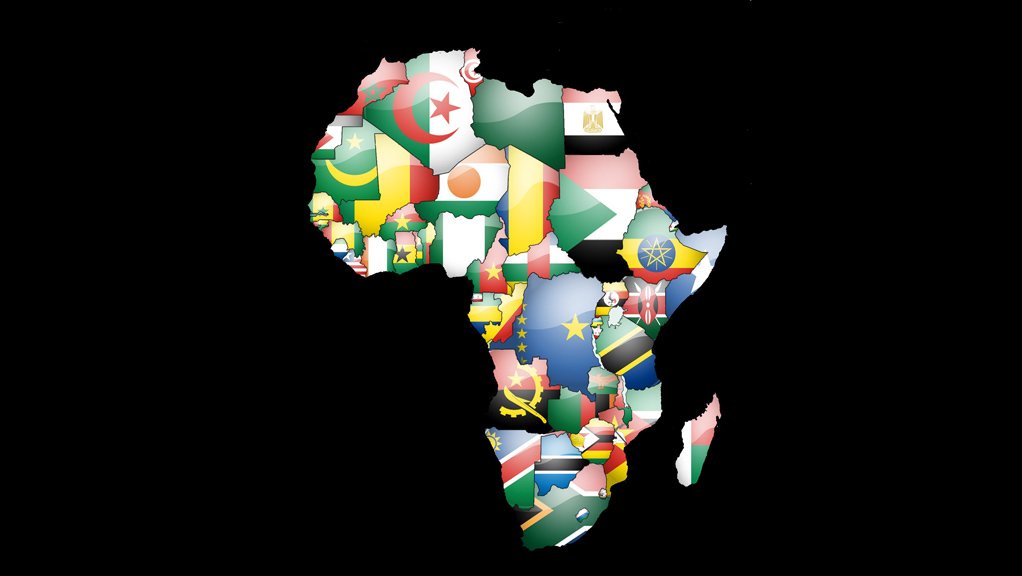Central banks in key African economies are getting set to line up with other emerging-markets in coming weeks and cut interest rates where inflation pressures are seen abating, or stay on guard where the path is less clear.
For most it will be their first rate-setting meeting since the US imposed a 10% universal tariff and slapped China — Africa’s largest trading partner — with a 145% levy before reducing it to 30% for 90 days.
To counter the impact on their economies, Egypt, South Africa, Kenya, Mozambique, Eswatini and Lesotho will probably reduce their interest rates. Others including Nigeria, Zambia, Angola and Ghana will likely leave theirs at current levels and may start easing in the second half of the year as disinflation gathers pace.
The International Monetary Fund in April downgraded its 2025 economic growth forecasts for all these nations except Eswatini, citing “lower external demand, subdued commodity prices, and tighter financial conditions, with more significant downgrades for commodity exporters and countries with larger trade exposures to the US.”
Here’s why these nations will either hold or lower rates:
Hazy Views
The Central Bank of Nigeria’s monetary policy committee on Tuesday will likely maintain its key rate at 27.5% for a second successive meeting to temper price pressures.
Inflation at 23.7% remains elevated and strains on the naira have only recently abated after an initial selloff in April caused by a slump in the price of oil — its main export. There may be “some room for the CBN to cut rates” in the second half of the year as disinflation is expected, said JPMorgan Chase & Co.’s Gbolahan Taiwo in a client note.
Angola, Africa’s third-largest oil producer, will probably also stand pat and keep its benchmark rate at 19.5% for a sixth time in a row on Wednesday.
The MPC will want to assess the impact on its currency of the steep drop in oil prices since mid-January. It will also monitor the impact of a hike in water and electricity tariffs next month on inflation that slowed to 22.3% in April from a peak of 31.1% in July.
If the disinflation trend continues, the panel may start easing in the second half of the year, said Samantha Singh-Jami at Rand Merchant Bank.
Policymakers in Zambia and Ghana, who both unexpectedly cut rates last time out to 14.5% and 28% respectively, are seen staying on hold while they wait to see whether recent currency strength will help to curb inflation.
Zambian officials, who announce their decision on Friday, will consider a 5% appreciation in the kwacha against the dollar since April as well as softer transportation costs. In Ghana, where the MPC will deliver its verdict on May 26, the cedi has advanced 26%.
Room to Cut
Egypt’s monetary officials on Thursday are seen lowering borrowing costs by 200 basis points to 23%, after a 225 basis-point cut in April. The spread between the policy benchmark and the inflation rate is one of the highest in the world and the downswing in price pressures is expected to resume in the second half of the year.
Mozambique, where interest rates adjusted for inflation are in positive territory, may also reduce its key policy benchmark next Wednesday for a ninth straight time. “We expect a 50 basis-point cut” to 11.25%, said Singh-Jami. The southeast African nation’s inflation rate was 4.8% in March.
A day later, South Africa’s MPC is expected to resume its rate cutting cycle and lower the benchmark rate by 25 basis points to 7.25%.
“Terms-of-trade boosts from higher gold prices and lower oil prices should continue to benefit the currency, and hence the disinflation profile,” said Jeffrey Schultz, an economist at BNP Paribas. “This means that central banks that have this buffer for now can probably lean a little more on supporting growth rather than having to worry as much about inflation and FX performance.”
The rand is up almost 2% against the dollar since April and inflation has been below the 4.5% midpoint of the central bank’s target range — where the central bank prefers to anchor expectations — since August.
Eswatini and Lesotho, whose currencies are pegged to the rand, may lower their key rates and Kenya, which stands to benefit from improved terms of trade, is also forecast to ease.
“We continue to expect the Central Bank of Kenya to cut its policy rate at consecutive meetings to an 8.5% terminal rate” from 10%, Goldman Sachs Group Inc.’s Andrew Matheny and Mambuna Njie wrote in a client note.
EMAIL THIS ARTICLE SAVE THIS ARTICLE FEEDBACK
To subscribe email subscriptions@creamermedia.co.za or click here
To advertise email advertising@creamermedia.co.za or click here











